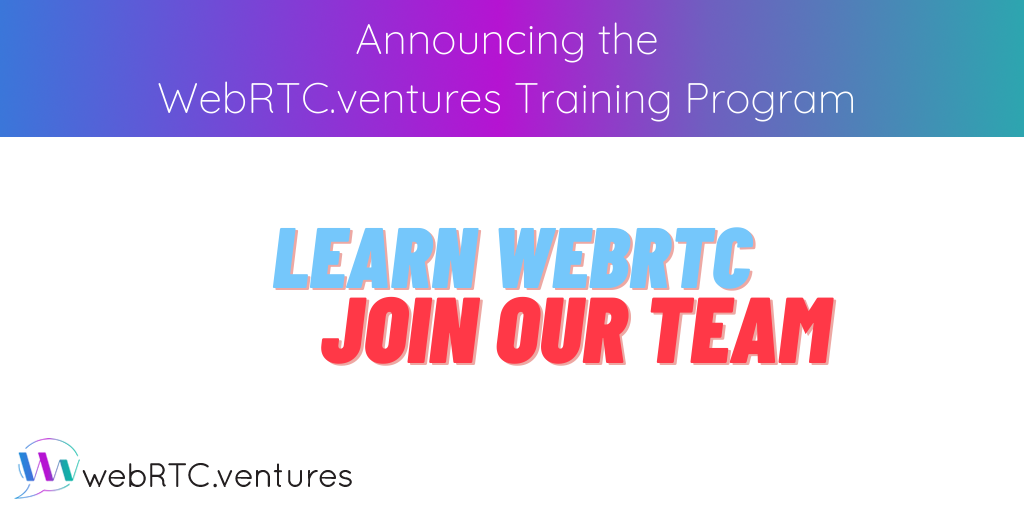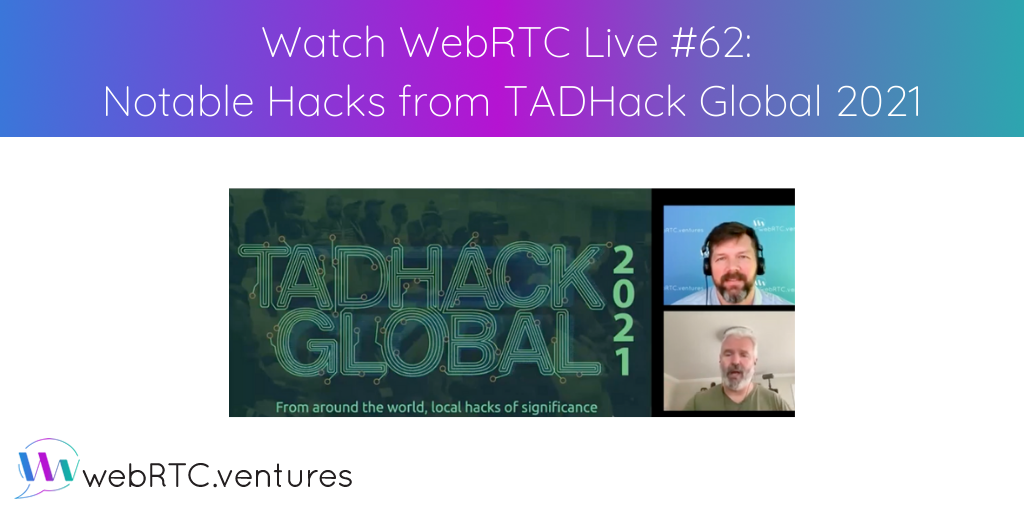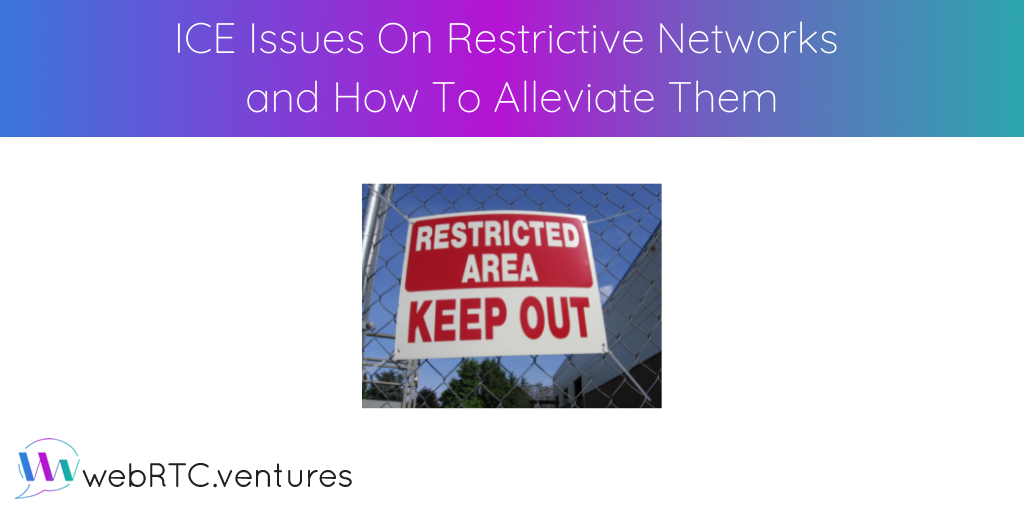
SFU has become a popular WebRTC topology for connecting through a centralized server to support a medium-sized VoIP conference. Altanai reviews the differences between Mesh, MCU and SFU for handling media streams and demonstrates Asterisk’s SFU configuration for WebRTC endpoints.

Live video applications are the engine that is allowing the global economy to continue to grow in these unprecedented times. We need to add more experienced WebRTC engineers to our team! The new WebRTC.ventures Training Program will prepare you to do just that.

We concluded a great 2021 season of WebRTC Live by shining a light on the innovative telecommunication developers from around the world. We invited TADHack founder Alan Quayle to share his favorite hacks of TadHack Global 2021. Watch it here!

For use cases like telehealth where security and privacy are paramount, WebRTC developers use ICE servers to find their way through restrictive firewalls. In this blog post, we will review the signaling process, STUN and TURN servers, and share some tips on how to alleviate ICE issues that can be caused by certain network restrictions.






